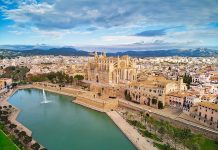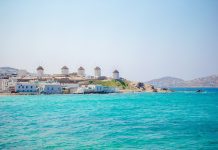A true natural oasis and a pearl of the great Mediterranean Sea: this is Djerba. Djerba is the largest island in the whole of North Africa and it is located in the Gulf of Gabes, overlooking the magnificent south-east coast of Tunisia. A flat and sandy island of about 615 square kilometers, it is covered with many varieties of plants; all this forms a large and protected natural oasis. The coasts are bathed by the crystal clear Mediterranean Sea that will amaze you with its bright colors. The climate of Djerba is Mediterranean and is characterized by sporadic rains that are concentrated in the autumn and winter. As of May up to August, rainfall decreases and the temperature of the sea water level reaches an almost tropical figure.
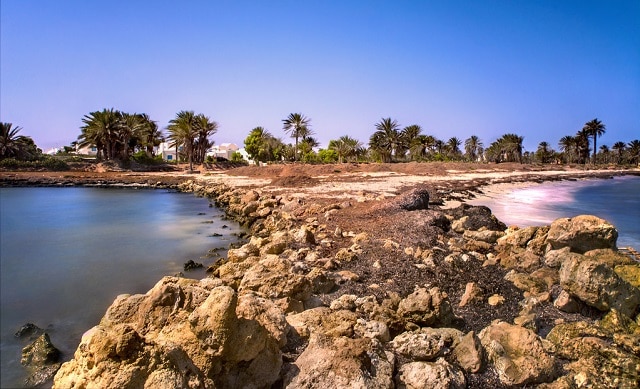
Djerba is connected to the mainland by a bridge built by the ancient Romans. The most important city of the island is Houmt Souk, a township where the tranquility of the streets and the white color of the buildings fell from the bustling markets and noisy streets. It is considered one of the most expressive of urban centers throughout Tunisia. Near Houmt Souk you will find a large variety of local crafts. Within Houmt Souk will find sites of great interest to the ancient and famous of the Ghriba synagogue, the first to be built in North Africa where prevail in the colors of the island, which is the white and blue. In a short distance from the harbor stands the fortress of Borj El Kebir; the imposing structure is very simple but the best parts are the ramparts, from where the view of Djerba and the sea is beautiful.
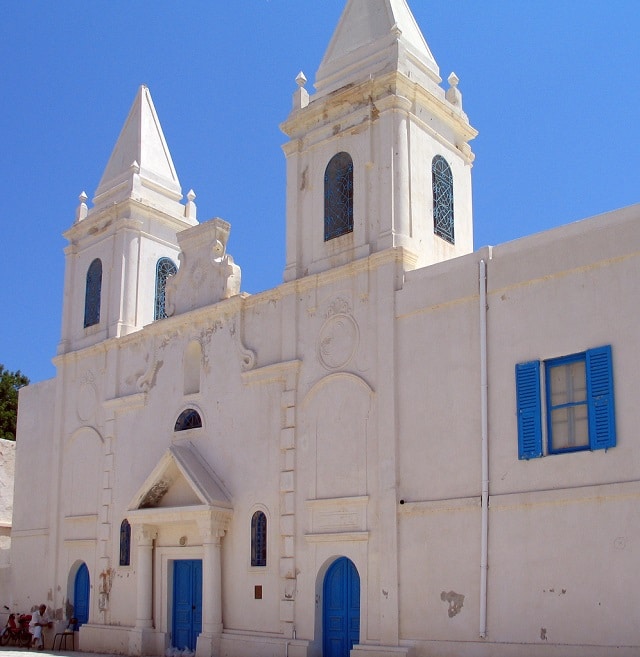
All the other towns on the island are known for some handicraft productions, such as: Ajiim, famous for its collection of marine sponges, El-May, for its picturesque market and Guellala, known for its handmade pottery and porcelain. Over time, Djerba has become an important tourist destination frequented by many tourists who like to spend their days lying on the beautiful beaches of fine sand and who want to enjoy the mild climate in force throughout the year.
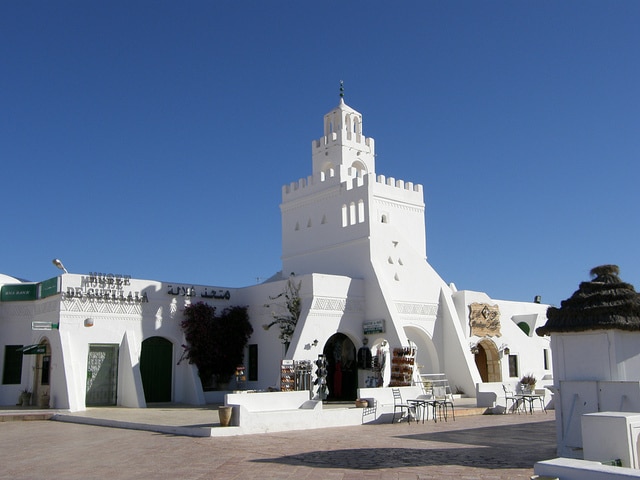
There are about 125 miles of coastline beaches, although there are rocky and uncultivated parts too, especially in the western part. You may want to take a dip in the Plage de la Seguia, a series of beautiful beaches characterized by crystal-clear waters and populated by various species of fish and with white sand and green palms. The most popular beaches are on the north-east, where many hotels of Djerba are concentrated.

Djerba photos by: Sebastian Dray, Micheo, Andrea, Philippe HECKEL
For more on Tunisia check: The Roman amphitheater of El Jem in Tunisia, the largest in Africa, A heartwarming family reunion in Tunisia




